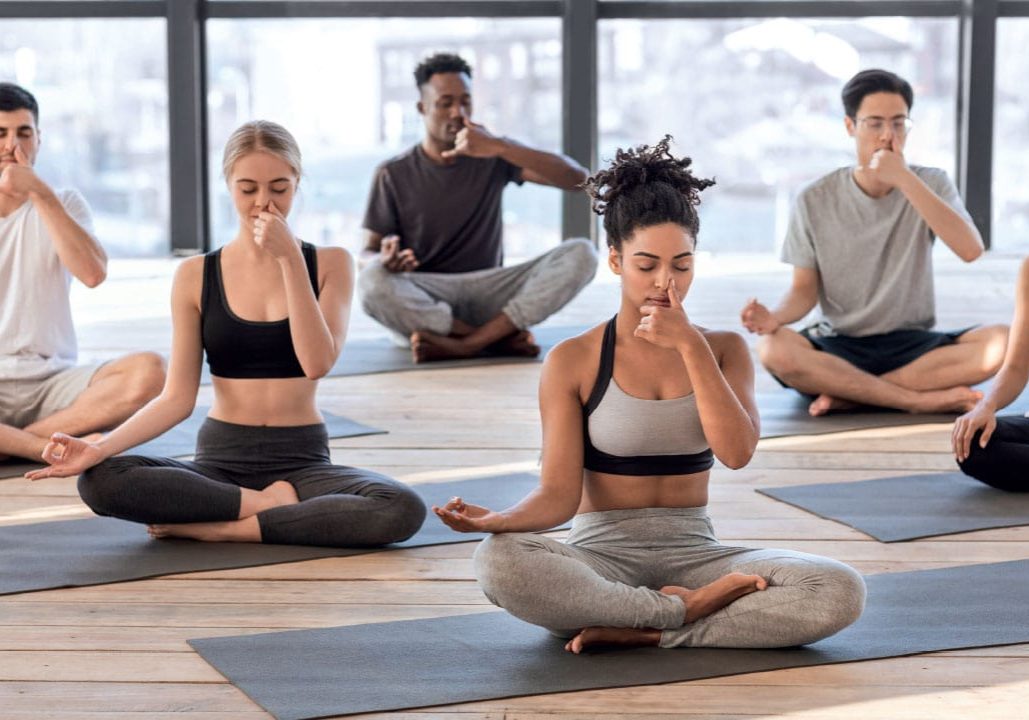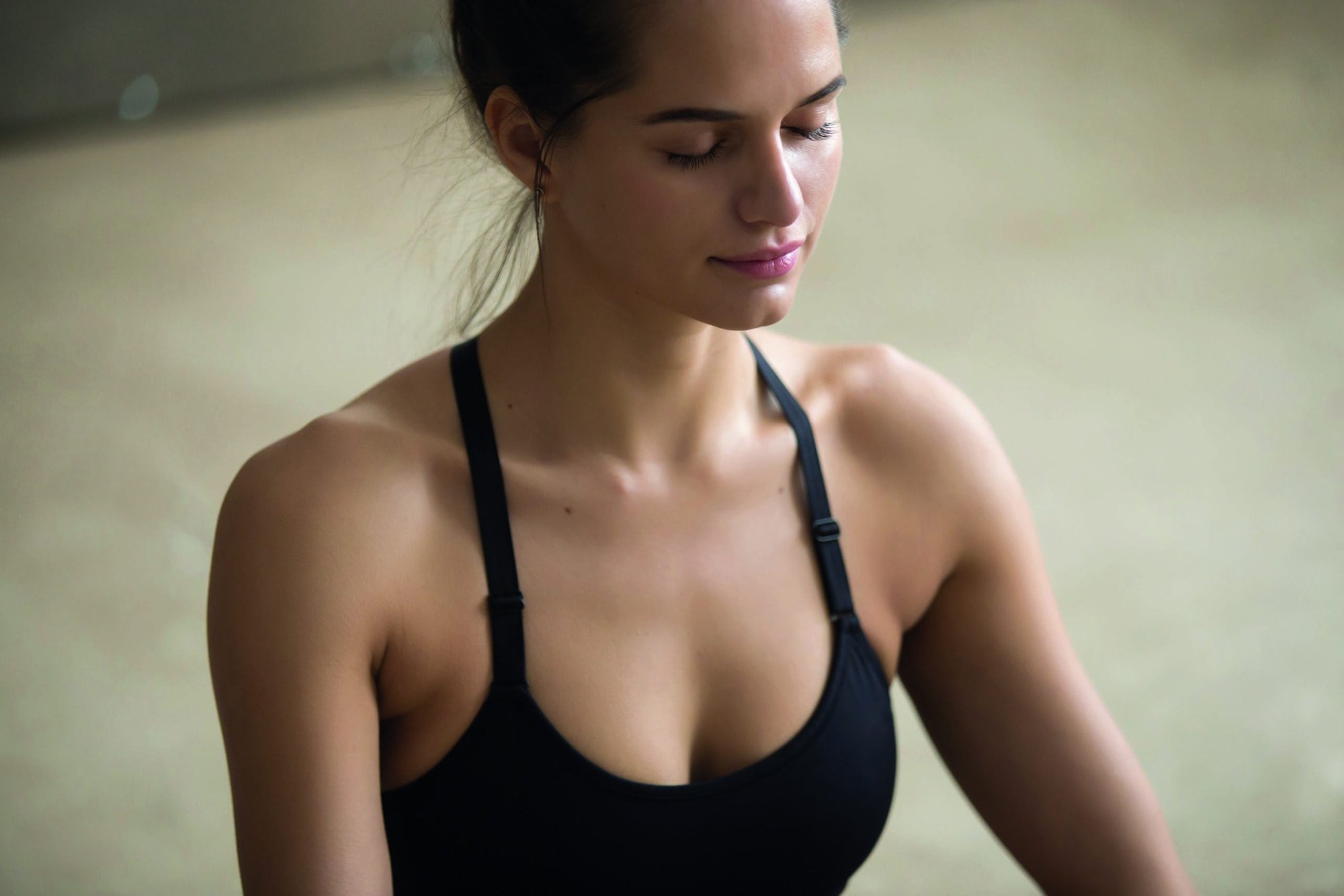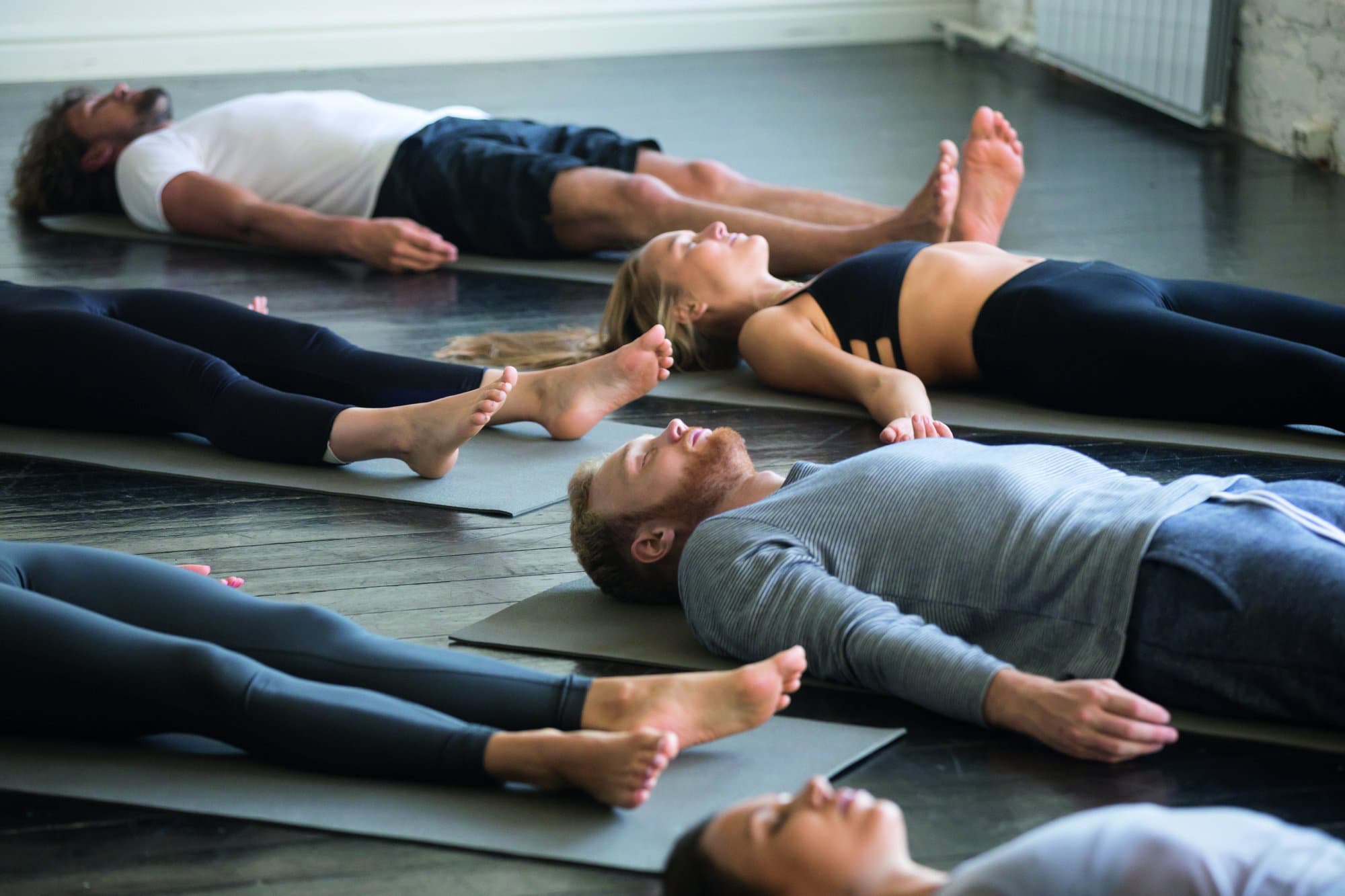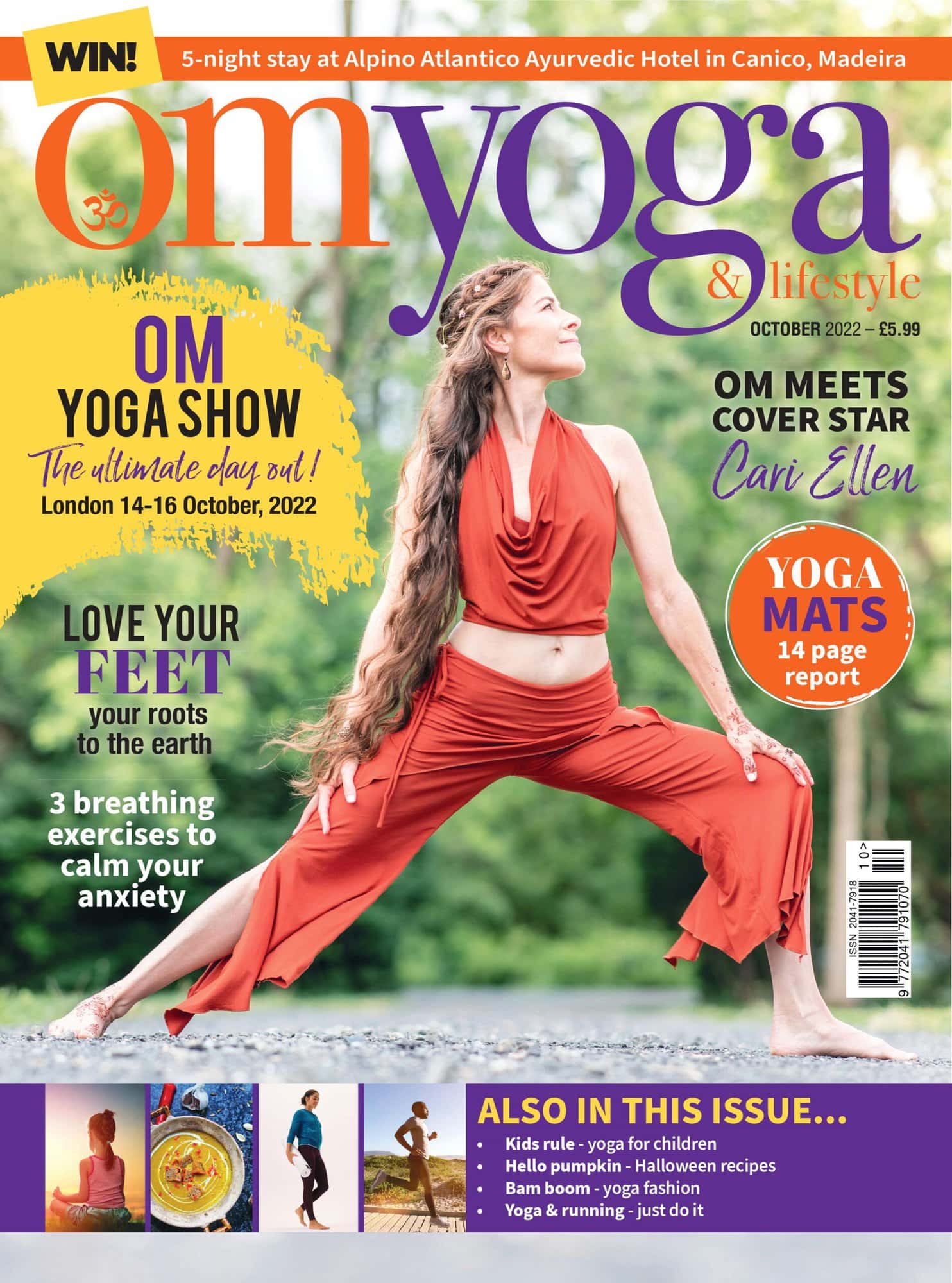
How to reduce anxiety with yogic breathing
3 yoga breathing exercises that will calm your anxiety. By Elle O’Connor
The first thing we do when we are born is take a breath, and it is the last thing that happens before the body dies. We breathe all day, every day, yet we often don’t notice we are doing it. Breath is a core part of yoga practice. Connecting to our breathing brings us into the present moment at the beginning of a practice and we use the breath as we move through asanas, creating space in the body.
How you breathe is related to how you feel. When we breathe slowly and deeply we feel calm. When breathing becomes restricted and shallow we are likely experiencing anxiety. Within a busy day we often tense the tummy and chest only using a small portion of our lungs for hours on end. Consider yourself right now, how are you breathing? How are you feeling?
The primary reason to breathe is to bring oxygen into the body to be transported via the blood to every cell, and to remove waste carbon dioxide. More than that though, breathing fully and slowly will calm the nervous system, switching on parasympathetic responses to stress.
Through evolution, we have a physical stress or fear response to what we perceive as dangerous situations. Breathing quickly to get us ready to run from a threat, or holding our breath to stay silent if scared, may be useful in a life or death situation. However, our brain also has this response to modern threats such as work stress or traffic. We have to remind the body to slow our breathing and reduce this stress response.
Pranayama
The traditional Sanskrit meaning of pranayama is to guide and maintain the body’s vital life force, or energy flow. ‘Prana’ means life energy and ‘yama’ means control. A more modern interpretation is that it is the regulation of the breath, which is associated with the prana, through certain techniques and exercises. It is thought to be cleansing and restorative, allowing energy to flow freely in the body.
One of the simplest pranayama techniques that can have a significant impact on how you feel is yogic breathing, which encourages slow, mindful breathing using the full capacity of the lungs. It starts with the abdomen, the lower lungs, and then the central chest area, the mid lungs and then upper lungs, clavicular area.
Sit tall or lie down and place one hand on your tummy and one on the chest. Inhale deeply into your abdomen for one count. Hold the breath for three counts. Exhale for two counts and then pause with the lungs empty for four counts. Repeat three more times.
Then do the same for the mid section of the chest, and then top of the chest focusing just on those areas. Finally breathe fully into the lungs, splitting the breath into tummy, chest, upper chest using the same counting sequence. Repeat three times. This can be practiced at any time of the day and is a great way to reduce tension.

Here are three other pranayama techniques that can be practiced solo or at the end of a yoga practice:
1. Alternate nostril breathing, or nadi shodhana
In this technique, you inhale through one nostril and exhale through the other, while using your finger or thumb to close the opposite nostril.

Be sure to sit straight and hold the breath with both nostrils closed for a few seconds in between breaths. Practice nine rounds or more depending on how much time you have.
With regular practice, alternate-nostril breathing can bring better balance to your nervous system, reducing the body’s stress response. Deep breathing and alternate nostril breathing may also slow your heartbeat and lower your blood pressure.
From the spiritual side, this practice helps harmonise the left and right hemispheres of the brain, which correlate to the logical and emotional sides of our personality. It also purifies and balances the nadis, the subtle energy channels for a smooth flow of prana through the body.
2. Kapalabhati
Also known as ‘skull shining breath’, kapalabhati is more active and heat inducing and you will hopefully feel like you have more energy afterwards. Don’t practice this if you have heart issues, high blood pressure, or if you are menstruating or pregnant.
Begin in a seated position. Take a few clearing breaths to centre yourself. Place one hand on your solar plexus over the upper abdomen. Deeply inhale through the nostrils and expand the belly into your hand.
Exhale sharply through the nose and squeeze the belly button in towards the spine. Allow the lungs to fill up naturally and quickly on the inhale, then exhale sharply again. Repeat these quick inhales and forceful exhales at a steady pace 20 times. You can continue for two more rounds.
Make sure that you are taking in enough air on the inhale and squeezing out all the air on the exhale. If you feel light-headed, slow down and return to a normal breath for several minutes.
3. Bhramari or humming bee breath
The aim of this technique is to make the sound of a honeybee. The vibration of humming travels around the nervous system and calms it, immediately reducing the feelings of stress and anxiety.
To practice, sit comfortably, close your eyes and inhale fully. As you exhale keep the lips pressed together, the tongue touching the back of the teeth and make a low to medium-pitched humming sound in the throat. The sound waves gently vibrate into your tongue, teeth, and sinuses and imagine the sound is vibrating your entire brain. Do this practice for six rounds of breath and then, keeping your eyes closed, return to your normal breathing.
Mastering consistent slow and steady breath throughout the day won’t happen overnight. But making conscious breathing a habit and incorporating techniques into your yoga practice will, over time, help with staying calm, reducing stress and managing anxiety.
Elle O’Connor is a practicing yoga instructor, nutritional advisor, writer and avid reader. Visit: homyumyoga.wordpress.com




